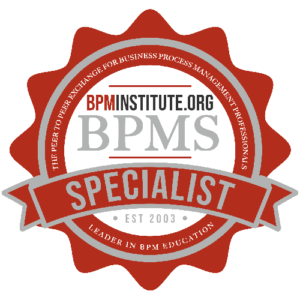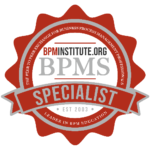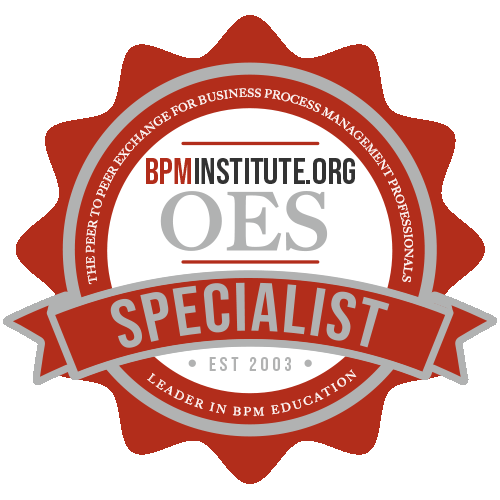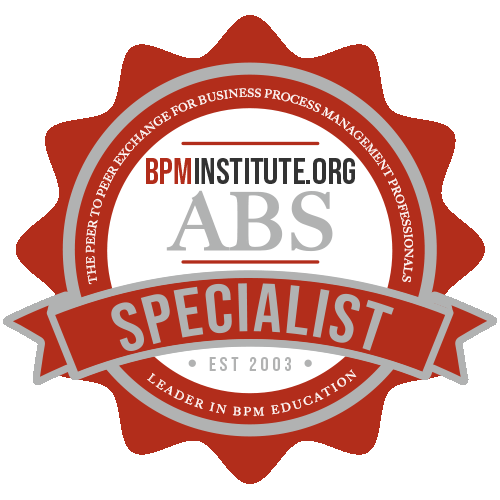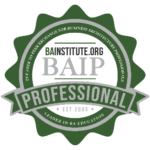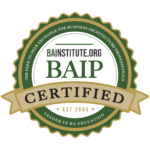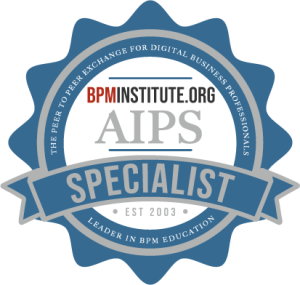Business rules are not new. They exist in businesses whether some or all of the business is automated. Not all business rules may be automated. The generally accepted definition of a business rule comes from The Business Rules Group in 2000 as “a statement that defines or constrains some aspect of business intended to assert business structure or to control or influence the behavior of business.” The approach, the Business Rules Approach, is new in its formalism of managing rules and its emphasis on the business as a priority over the systems implementation.

Case Study: Managing Business and System Requirements for BPM-Driven Projects
Larry Ward is a Quality Assurance Project Manager in the OPERS Information Systems Division for the State of Oregon. He has more than 30 years experience in systems analysis & design, Industrial Engineering, Project Management, and QA. He has more than ten years of experience with the business rules approach. Ward was instrumental in designing the OPERS business rules process.

Analyzing the “As Is” Process
The first step in the analysis of a process is to create a process map or flow chart of the current state. This “as is” map represents what happens, not what should happen, or could happen. A useful technique when creating the “as is” is to recall an actual event. In remembering the event, what actually happened? This way you map reality.
The process map is the base from which the analysis begins. Process mapping can be done at three different levels of detail. The least detailed level (5000 foot) is called the Macro. At this level, your process map contains only 2 to 7 steps.

EAI, BPM and SOA
Traditionally enterprises grew their systems and IT infrastructure out of necessity as the business grew and connected the various IT applications with minimum planning. Stove pipe applications were pretty much the norm. These applications were connected in a point to point manner with no clear indication of process flow. But as the pace of business change accelerated connecting systems became a major roadblock. Then in the late 1990’s EAI (Enterprise Application Integration) emerged as a planned way to integrate the array of IT applications.

Your BPM Implementation is Bound to Fail
Failure is the Only Option
I can outright tell you that your BPM implementation is going to fail, and I will be right 9 out of 10 times. Is this scary?
Research has shown that even amongst IT projects only 20% of them finish on time. On BPM projects, the failure rate is even higher due to the immaturity of the technology and scope of the implementation. If you are implementing a BPM project with the current tools and using the current standards that are still in flux, you are on the bleeding edge of technology. So your failure rate is even higher.

BPMS Watch: Why Buy a BPMS When You Can Get it for Nothing?
Today’s BPM Suites are delivering on customers’ capability wish lists, but vendors are having a hard time getting buyers to put their money where their mouth is. Caught in limbo between IT infrastructure and an enterprise application, BPMS doesn’t fit traditional payback models of either IT or line of business investment, so it faces a heightened “prove-it” mentality from corporate buyers. But your CFO won’t go for the upfront six-figure outlay you need to demonstrate the payback is real. It’s a classic Catch-22.
OK, suppose the BPMS software were free. Free, as in costs nothing. Zero. Nada.

Enabling Business Process Innovation
Thomas Dwyer said that most of the problems companies have are due to process problems. These include:
BPM Strategy Deployment Best Practices
As BPM technologies and solutions mature, some organizations are now beginning to develop enterprise-wide BPM strategies. The most important aspects of an effective enterprise BPM deployment strategy are unrelated to the solution or even to the application being implemented. They’re best practices that apply no matter what software you’re using and regardless of the department in which you’re deploying it. Here are three best practices that we advise our clients to keep in mind as they move forward with their BPM strategies.
1.

Optimizing the ROI from BPM
Analysts widely agree that the growth rate of Business Process Management (BPM) software will continue in the double digits for the foreseeable future. Whether BPM deployments are making a significant contribution to a more customer-focused, process-centric management...

Three Keys to Enhancing BPM Implementation
If you’re moving up the ladder of CMM or just wanting to better manage your business processes, you need to consider more than which vendor software package to implement. Successfully implementing process management requires addressing all three aspects of the virtual trinity – people, process and technology. While the technology side of the equation is fairly well understood, the people and process side continue to bring challenges. In working with organizations across the country, I’ve found the following three concepts to bring most value in addressing these challenges.
